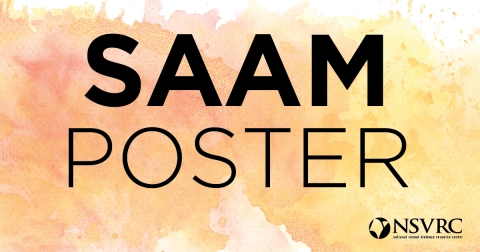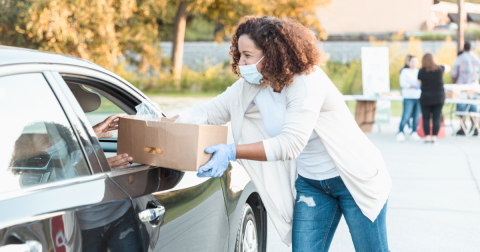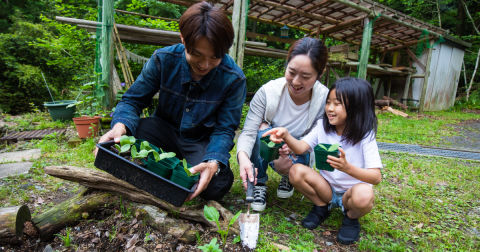- June 12, 2023
- JL Heinze
This section provides foundational information about the history of movements to end sexual violence and support survivors. It also begins to explore how the movements have evolved. This section provides an opportunity to reflect on the critical intersections of anti-sexual violence work and other social justice work.
- June 12, 2023
- JL Heinze
This section is comprised of three lessons that focus on: 1. establishing group commitments that support a culture of care in the training environment, and 2. discussion of the integral nature of organizational support for staff wellbeing and strong individual self-care practices.
- June 12, 2023
- JL Heinze
This section offers a brief overview of trauma-informed care, focusing on the way it shapes a program’s philosophy, culture, and services. This module will introduce the primary concepts of trauma-informed care with the goal of familiarizing participants with the tenets by which to approach advocacy work. Additional information specific to advocacy practices will be explored later in the training
- May 31, 2023
- JL Heinze
Overview This toolkit was designed to showcase the connection between language access, sexual assault, and other forms of harm, provide state-specific information on linguistic demographics, and provide resources for increasing accessibility for all. Title IV of the Civil Rights Act of 1964 requires that all agencies that receive federal funding from the U.S. Department of Health and Human Services must take adequate steps to ensure that people with limited English proficiency (LEP) receive the language assistance necessary to allow them meaningful access to services, free of charge. In
- March 23, 2023
- JL Heinze
About Sexual Assault Awareness Month April is Sexual Assault Awareness Month (SAAM). The mission of SAAM is to increase public understanding of sexual assault and educate communities on how to prevent it. SAAM commemorates its 21st anniversary with the theme Drawing Connections: Prevention Demands. We know that a single month isn’t enough to address the significant and widespread problem of sexual assault. However, April holds space for the attention, prevention efforts, and survivor support we hope to strengthen and expand throughout the year. Hashtags #SAAM Tag your SAAM-
- March 22, 2023
- JL Heinze
Drawing Connections campaign poster for Sexual Assault Awareness Month 2023. For best graphic quality, download the PDF and then print it out.
- October 25, 2021
- JL Heinze
Finding help You are not alone. Even in disasters, help is available. Contact any of the resources below for free and confidential support. You can also learn more about safety and privacy considerations for seeking help online or by phone. Disaster Distress Helpline Call or Text 1.800.985.5990 24/7 free and confidential support for people experiencing emotional distress related to any natural or human-caused disaster. National Sexual Assault Hotline Call 1.800.656.HOPE (4673) | Online chat 24/7 free and confidential support around sexual harassment, abuse, and assault. National Human
- October 25, 2021
- JL Heinze
Adapting services and outreach during a disaster Disasters require us to re-imagine sexual violence work and how we serve survivors more holistically when people are displaced, isolated, struggling to get basic necessities, or unable to reach traditional services. During the COVID-19 pandemic and other disasters, victim services providers and others have innovated to meet the changing and growing needs of survivors and their communities. This has included online/digital services, creative outreach, and flexible approaches to safety planning, housing, and financial assistance. The lessons
- October 25, 2021
- JL Heinze
Preparing organizations for disasters Developing an emergency preparedness plan helps organizations and systems return to functioning as quickly as possible when disaster strikes. This can promote community-wide resilience and recovery and reduce the social and structural vulnerabilities that increase risks of sexual violence in disasters. Prairie women prepared for disaster: An emergency planning guide for women’s community organizations Prairie Women’s Health Center of Excellence (May 2009) Guidance, templates, and additional resources to create and apply customized plans for emergency
- October 25, 2021
- JL Heinze
Strategies for supporting survivors Disasters can create additional risks and barriers for people who are currently experiencing violence. They can also stir up painful memories and feelings for people who have survived abuse or other traumatic events in the past. The support of caring friends and family members can make a world of difference. Calling all family and friends of families experiencing violence at home (English) Un llamando para familias y amigos de personas y familiares que experimentan violencia en el hogar (Spanish) Futures Without Violence (2020) Eight ways to support adults
Pagination
- Previous page
- Page 2
- Next page






